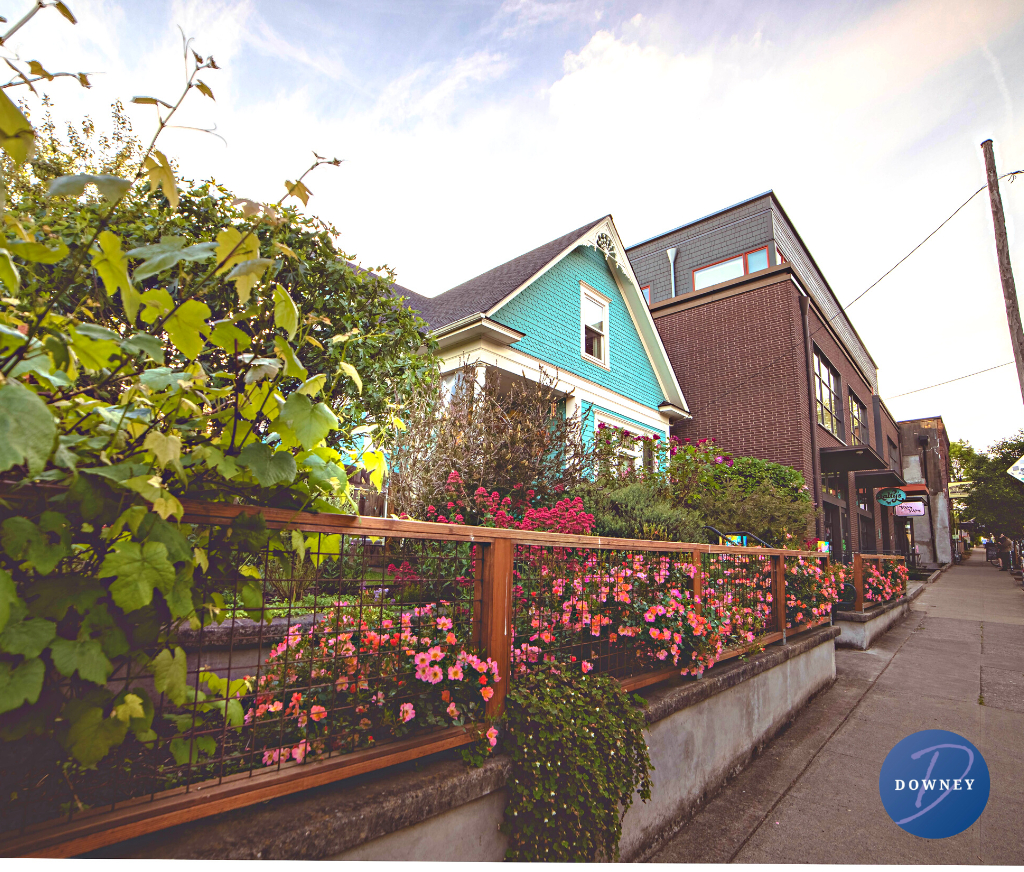You found the perfect rental property, signed the lease, and landed on a move-in date—now what?
The next step would be to obtain an HO-4 policy. Commonly referred to as tenants or renters insurance, this additional coverage option protects your personal property and guests from a number of unexpected events relative to your new home. Renters insurance will also cover additional living expenses (ALE) should your rental property become uninhabitable at any point during your stay.
It’s your financial safety net as you embark on a new journey in a neighborhood, but how much do you really need? We’ve put together this simple guide to help you determine the right amount of coverage.
Assess the current value of your assets
Renters insurance is intended to financially safeguard you as a renter. Assessing the value of your assets means that you are not underinsured in case of an emergency—any amount exceeding the coverage limits for your rental property is not covered. Your HO-4 policy should provide ample protection.
An HO-4 policy protects you from:
- Fire or lightning
- Explosion
- Windstorm or hail
- Riot or civil commotion
- Vandalism or malicious mischief
- Falling object
- Smoke
- Damage caused by aircraft
- Damage caused by vehicles
- Volcanic eruption
- Theft
- Weight of ice, snow, or sleet
- Overflow of water or steam
- Sudden damage from hot water heater or A/C
- Freezing of plumbing or pipes
- Damage from electrical currents
Flood-related damage is not typically included and will require additional coverage. Depending on your insurer, there may be other non-covered perils within your HO-4 policy such as earthquakes.
If you have more valuable items—jewelry, art, electronics, and other collectibles—you may need to purchase additional coverage to protect the full value of your personal property. This is known as an endorsement, or rider, and covers high-value items. It’s a sure way to ensure you have enough coverage to replace all your belongings when a covered disaster hits your rental property.
Account for your surroundings and living situation
The area where your new rental property is located will have a direct impact on the cost you’ll pay for renters insurance. If you live in an area susceptible to natural disasters like wildfires or tornadoes then you’re likely to pay a higher premium for coverage. This could also be the case if your new neighborhood has high crime rates and if your rental property is not located near a fire station or fire hydrant.
Insurers account for the high-risk probability associated with an area to help determine the appropriate amount of coverage needed. Any furry friends making the move with you could also potentially be seen as high risk for a tenant. Aggressive breeds, due to the increased chance of dog bites, require additional liability coverage and, in some cases, are not covered by the insurer. More risks for you and your rental property means more coverage limits. Higher coverage limits translate to higher premiums. The highest reported premium is in Atlanta, GA, and runs the average consumer $269 annually, or about $22 a month—well above average. The national median cost of renters insurance in the U.S is $168 annually, or about $14 a month. Keep this in mind when gauging your total costs of coverage.

Evaluate your financial health
Your financial past is just as important as your current financial state when determining how much you’ll pay for your rental property’s HO-4 policy. What we mean by this is that your claims and credit history both impact your renters insurance costs as does your chosen deductible.
It may cost more to insure your rental property if:
-
- You filed one or more claims in the last three to five years
- You have an unimpressive credit-based insurance score
- You choose a lower deductible in lieu of high premiums
Residents in California and Maryland are not subject to credit-based prices. Aside from those exemptions regarding a tenant’s credit history, insurers often charge tenants with recently filed claims more because they are seen as high-risk. You can, however, cut high premiums down by opting to pay a higher deductible. If you are in good financial standing, doing so will lower costs.
Take away
Estimating the costs for coverage on any rental property prior to shopping around will help you to set realistic expectations on what a local insurer could charge. Once you have a general idea of how much coverage you need and what you can afford, consult an insurance professional. Working alongside a trusted insurance rep will guarantee that you’re getting the right coverage at the best possible rate.
Contact a Downey Insurance rep today to find affordable coverage for your rental property.

